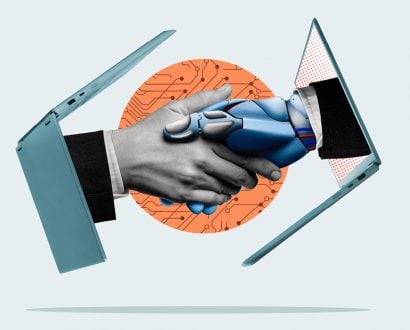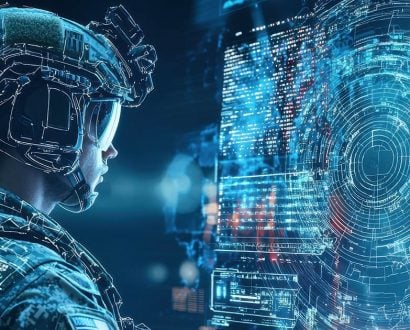The promises of artificial intelligence (AI) have been around for decades, but recently we’ve witnessed something new – a heavy surge of AI applied to cybersecurity. This is good news for the enterprise as it could be a long-term application for the cognitive technology and a way to ward off increasingly stealthy attacks. In fact, cybersecurity is poised to give AI a new life and second chance in an industry desperate to provide protection against cyber threats.
A brief history of AI
AI is certainly not a new concept. Rather, it’s one that has been in development for the last 70 years. The first attempt at what we would all recognise as AI was in 1950 when researcher Alan Turing published his research on ‘Computing Machinery and Intelligence’ where he proposed an ‘imitation game’ dubbed the ‘Turing Test’.
Since that time, we’ve seen interesting applications of the technology – from the first human-like robot, Honda’s ASIMO in 2000, to IBM’s supercomputer Watson in 2011, which went on to defeat the two greatest Jeopardy champions in the TV show’s history. But as yet, we have not seen a wide application of AI or machine learning in a business setting.
AI in space
Recently, we’ve seen the application of AI in the Mars rover Curiosity. Through AI, the rover can analyse images, select targets, move towards them and perform experiments autonomously, without needing to wait for data to travel from Mars to Earth and back again to give it orders.
This approach has led to some incredible results including 93% target accuracy compared with only 24% accuracy when operated by humans. It also produced a 27% increase in the number of targets per day. Given the limited lifespan of this space-faring laboratory, this greatly increases the rover’s lifetime scientific value.
Similar technology is also being applied to identity governance platforms. While identity governance programs allow organisations to tighten access given to users of enterprise resources, and alleviate the manual processes and human errors that come with managing IT policies, they can produce vast amounts of unmanageable data.
Identity governance and AI in action
Given the ever-growing importance of proper identity management, it has become increasingly vital to understand the potential vulnerability insights and compliance risks hidden in this data. However, due to the number of users and frequency of changes it becomes ever more difficult to manually sort through this stream of details in a timely manner.
Applying AI to this problem, security administrators are beginning to analyse the vast amounts of identity usage, role and entitlement data to discover anomalies, highlight identity-related risks and be alerted to possible compliance failures. AI tools monitoring identity data enable users to not only spot these risks, but do it efficiently.
Additionally, adding intelligence to governance activities such as access requests and access certifications can provide business users with risk-based scoring that gives context to approval/ denial decisions and the ability to automate some low-risk processes. Using both historical and real-time data, AI minimises errors and biases to optimise productivity and reliability.
Moving forward
While we are inching our way to a future of self-driving cars and RoboCops, AI is already producing real results in the worlds of space exploration and enterprise security. Hackers quickly learn to turn machine learning into a distinct advantage, so now is the time to consider where AI fits into cybersecurity strategy for businesses today.
The role of AI in cybersecurity is certainly early-stage and still evolving, but that’s no excuse for neglecting it. It’s time for the enterprise to take note as AI makes its ‘second coming’ in the business and cybersecurity world.







